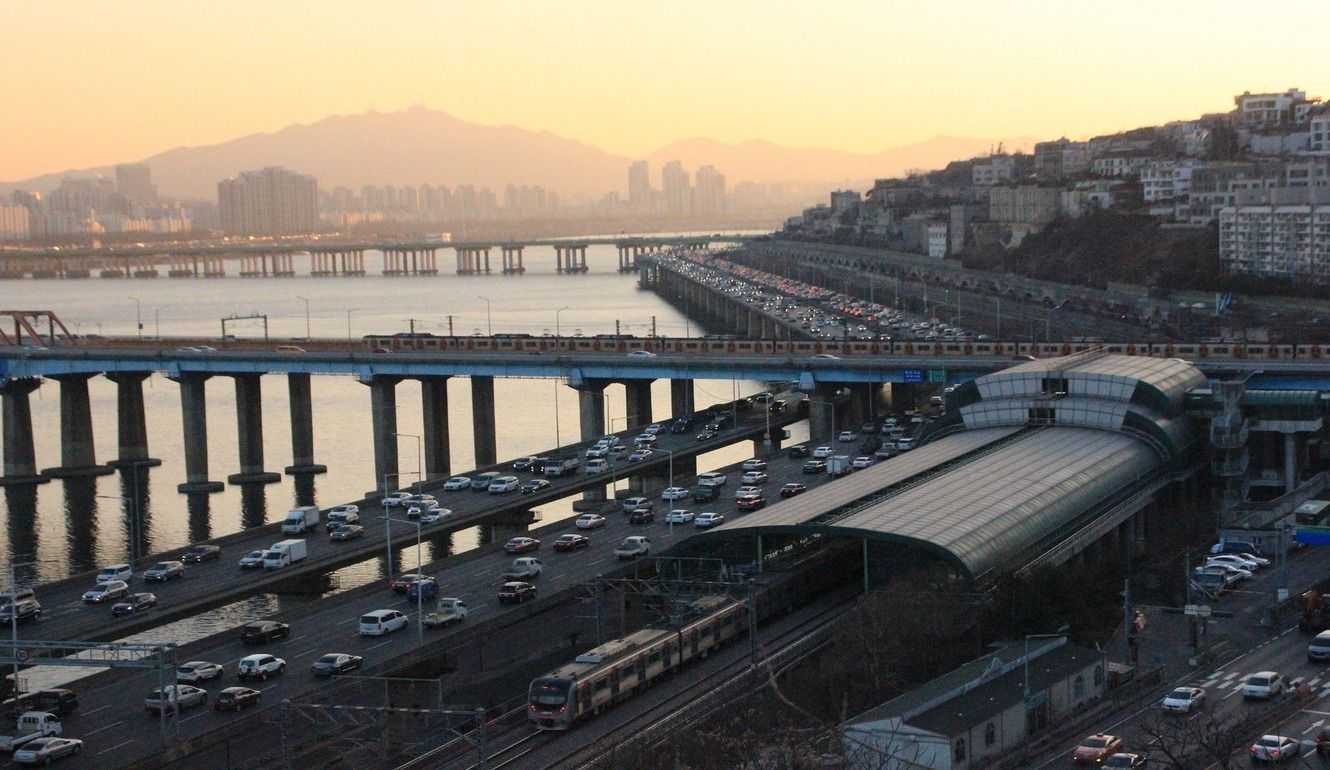Navigating Seoul Station: A Step-by-Step Guide to Changing Subway Lines
Seoul Station is one of the busiest transportation hubs in South Korea, serving as a key interchange for several subway lines, including Line 1, Line 4, and the Airport Railroad Express (AREX). Whether you’re a local commuter or a tourist exploring the city, knowing how to efficiently change subway lines at Seoul Station can save you time and make your journey smoother. This guide provides practical steps to help you navigate the station with ease.
Understanding the Layout of Seoul Station
Seoul Station is a large complex with multiple levels and exits, so it’s important to familiarize yourself with its layout. The station is divided into several sections, each serving different subway lines and train services. Key areas include:
- Subway Lines: Line 1 and Line 4 are the main subway lines accessible from Seoul Station. The platforms for these lines are located underground.
- AREX: The Airport Railroad Express connects Seoul Station to Incheon International Airport and Gimpo Airport. The AREX platform is also located underground but is separate from the regular subway lines.
- KTX and ITX: These are high-speed train services that operate from the upper levels of the station.
When you arrive at Seoul Station, look for signs that indicate the direction of the subway lines. These signs are usually color-coded and include the line number, making it easier to find your way.
Step-by-Step Guide to Changing Lines
- Arriving at Seoul Station: Once you arrive at Seoul Station, follow the signs to the subway area. If you’re coming from the street level, you may need to take an escalator or elevator down to the subway concourse.
- Finding Your Line: Check the station maps and directional signs to locate the line you need to transfer to. The maps are usually posted near the escalators and elevators, as well as on the walls of the concourse.
- Navigating the Concourse: The concourse is the main area where you can access different subway lines. Follow the signs to the platform of your desired line. If you’re transferring from Line 1 to Line 4, or vice versa, you will need to walk through the concourse to reach the correct platform.
- Using the Ticket Gates: If you haven’t already purchased a ticket or used a transportation card, you will need to do so before passing through the ticket gates. T-money cards are a convenient option as they can be used on all public transportation in Seoul.
- Boarding the Train: Once you’ve passed through the ticket gates, follow the signs to the correct platform. Pay attention to the train’s final destination to ensure you’re boarding the right train. Trains on the same line may have different endpoints, so double-check the electronic displays on the platform.
Tips for a Smooth Transfer
- Plan Ahead: Before you start your journey, use a subway map app or online resources to plan your route. This will help you know exactly where to go when you arrive at Seoul Station.
- Allow Extra Time: Seoul Station can be crowded, especially during peak hours. Allow extra time for transferring between lines to avoid missing your train.
- Look for Assistance: If you’re unsure about where to go, don’t hesitate to ask for help. Station staff are usually available to assist passengers, and many speak basic English.
- Stay Alert: Keep an eye on your belongings and be aware of your surroundings, especially in crowded areas. Seoul is generally safe, but it’s always good to be cautious.
Changing subway lines at Seoul Station doesn’t have to be a daunting task. By understanding the station’s layout, following the signs, and planning your route in advance, you can make your transfer smoothly and efficiently. Whether you’re heading to another part of Seoul or catching a train to the airport, these practical tips will help you navigate the station with confidence.
